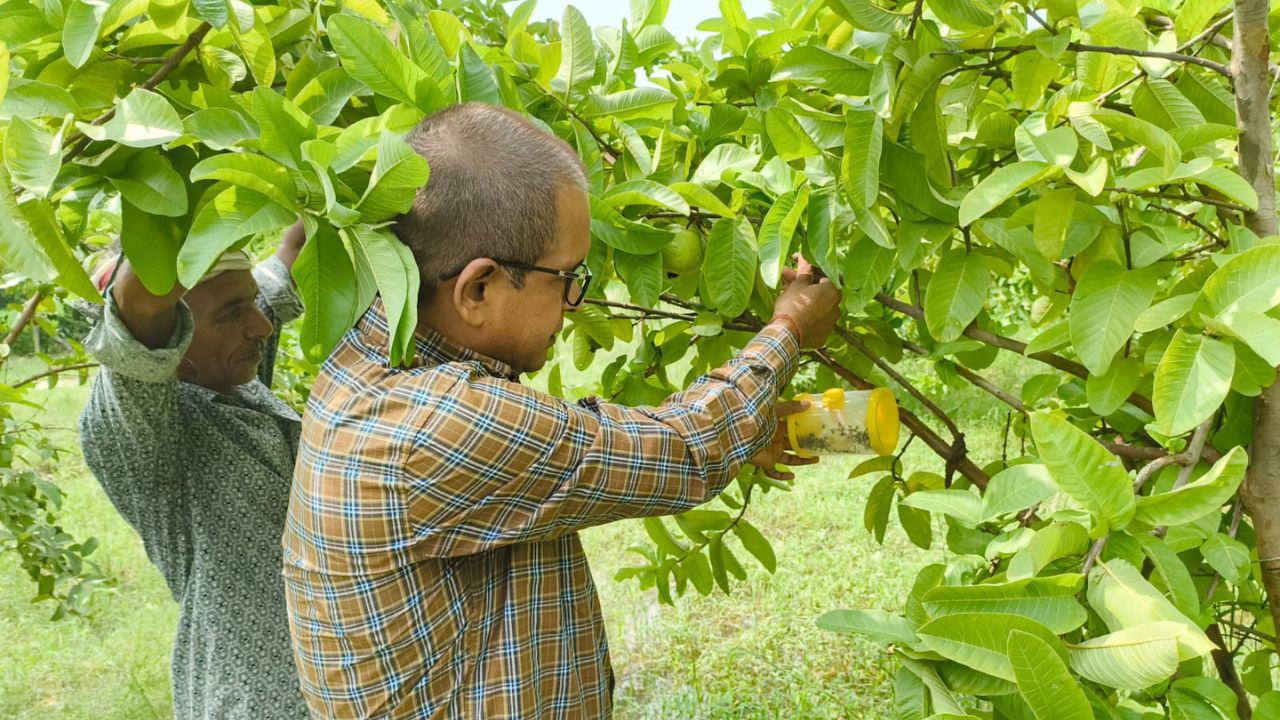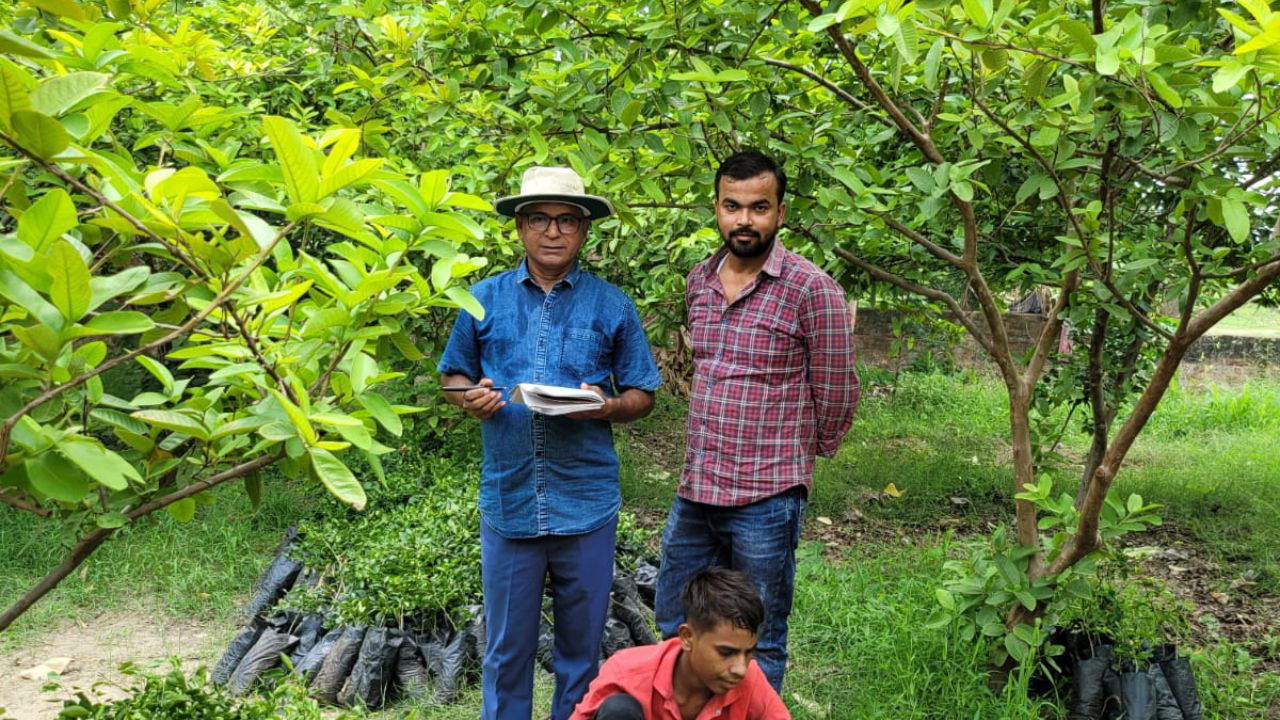
As a young management graduate, Anand Mishra, aged 50, had his debut in woodcraft in a furniture company. But gradually he crafted a different career – farming - in his home village in Uttar Pradesh. Beginning his agriculture activities as a common farmer cultivating different crops, Mishra switched over to horticulture and took a fancy for growing lemons. This marked a major turn in his career, so much so that within just a few years he earned the sobriquet of ‘Lemon Man of Uttar Pradesh.’
Today Mishra is a well-known farmer in entire Uttar Pradesh and not just in Raebareli district, where he grows lemons in Kachnawan village. Awards started pouring in from distant quarters, with the prestigious Chaudhary Charan Singh Kisan Samman being the highest honour for him.
Thanks to his green fingers, he soon became a media celebrity. Mishra spoke with Krishi Jagran on what made him change his career, the secret behind his success and future plans. He said that initially he grew wheat and rice, but did not find it interesting as it was not lucrative. He pondered greener pastures and horticulture came to his mind one fine morning.
The very next day he met officials at the District Agriculture Office and the idea of lemon cultivation hatched. After experimenting with the common varieties of lemons, Mishra adopted the juicy Thai variety to boost his yield. This particular variety gives bigger fruits, weighing up to 100 grams each compared to regular lemons weighing 30 to 50 grams.

The result was a whopping 20 times increase in production. He says that last year he harvested 400 crates (100 tonnes) of lemons, which were sold between Rs 40 and Rs 70 per crate in the local market. His orchard spread over two acres bears the citrus fruits round the year and his bountiful harvest makes him earn Rs 7 lakh each season. Not only this, he even exports his yield and his venture has generated employment too.
On how he hit upon the idea of cultivating lemons, Mishra says he drew inspiration from farmers in Andhra Pradesh, Gujarat, Karnataka, Madhya Pradesh and Maharashtra where lemon was grown to earn a living. Traditional crops like wheat, paddy, or potato are not that profitable, he says, explaining the hardships faced by the growers in having enough money to buy seeds and fertilizers.
Asked as to how he reaped such a bumper harvest, Mishra did not hide the secret behind the success. He advised farmers to grow tall grass to act as a manuring crop to increase carbon content in soil. Then, the rows in which saplings are to be planted must be in the east-west direction to prevent saplings from getting uprooted by storm, he said and suggested maintaining a distance of 10×10 feet between saplings and rows.

Besides, the saplings must be planted at least one foot deep in the ground ideally having a pH between 6 and 7. He said that the use of both organic and inorganic fertilizers is good for enriching the soil and checking fungal or pest attacks. Mishra has thus given a new dimension to the age-old saying that when life gives you lemons, make lemonade.
















